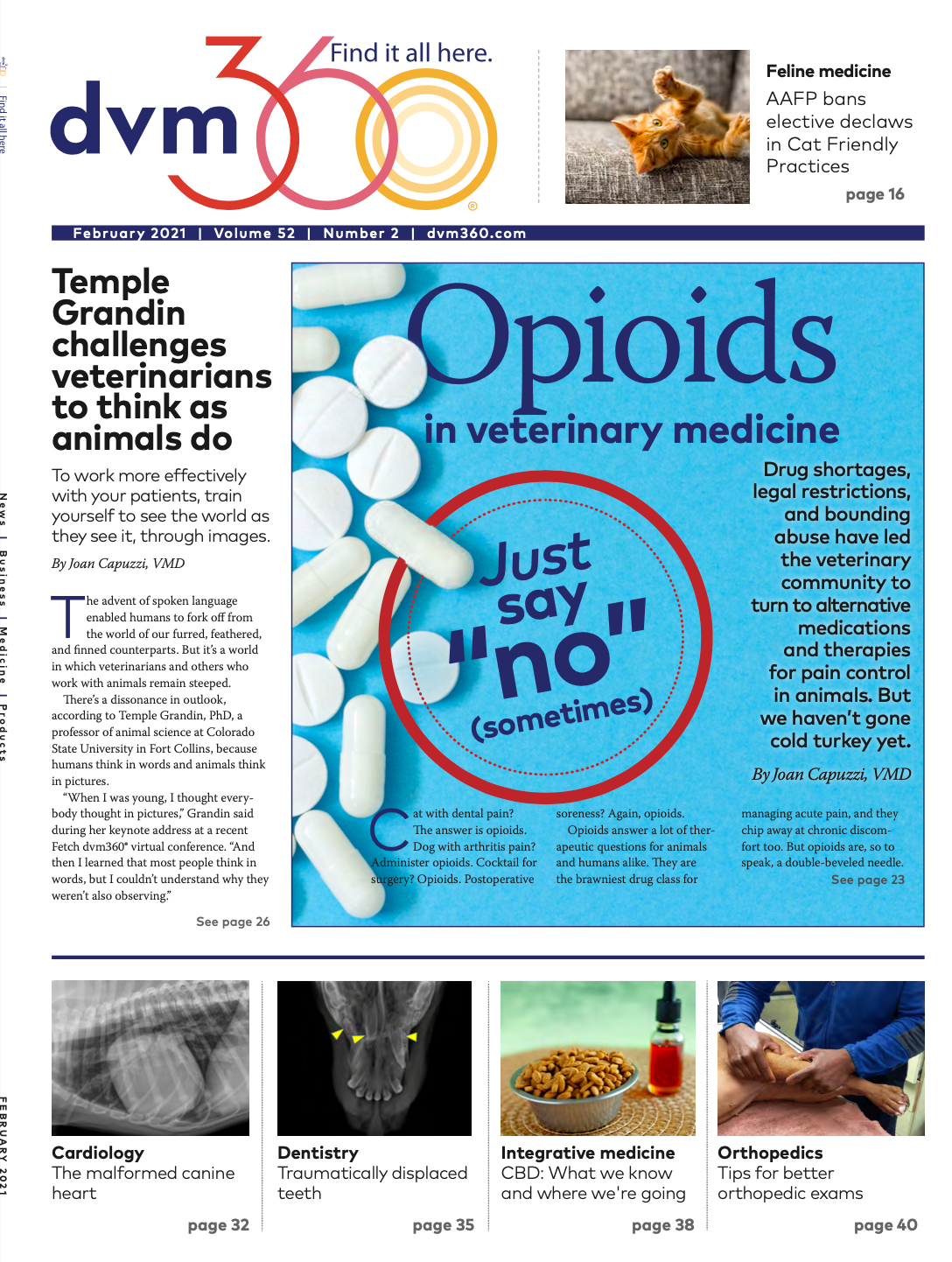AASVB unveils Standards & Policies for new PAVE for Veterinary Technicians
PAVE for Veterinary Technicians is a new program formed to assess the education equivalence of international veterinary technician/nurse graduates.
The American Association of Veterinary State Boards (AAVSB) announced recently the completion of the Standards & Policies for the much-anticipated PAVE (Program for the Assessment of Veterinary Education Equivalence) for Veterinary Technicians. The core mission of the new PAVE is to assess the educational equivalences of veterinary technician and nurse graduates on an international scale on behalf of participating AAVSB Member Boards, according to an association release.
PAVE evaluates the education equivalence of graduates of non-accredited veterinary programs outside the United States and Canada on behalf of participating AAVSB member boards.
"When the AAVSB first launched PAVE for Veterinarians in the early 2000's, it was a game changer for both our Member Boards and licensure applicants,” says AAVSB president Roger Redman, DVM, in the release. “In the past few years, our membership has made it clear the demand to expand PAVE into the veterinary technician/nurse profession is immense.”
The PAVE for Veterinary Technicians certificate will be recognized by jurisdictions that accept it as substantiating the educational requirements as one criterion toward credentialing eligibility. The certificate is not a credential to practice as a veterinary technician. To be credentialed to practice, candidates who receive the certificate must also meet additional statutory criteria, including successful completion of the Veterinary Technician National Examination (VTNE).
Since requirements vary from jurisdiction to jurisdiction, the AAVSB urges candidates to directly contact the specific veterinary board(s) in which they desire credentialing.
For more information about the new PAVE program, go here.
